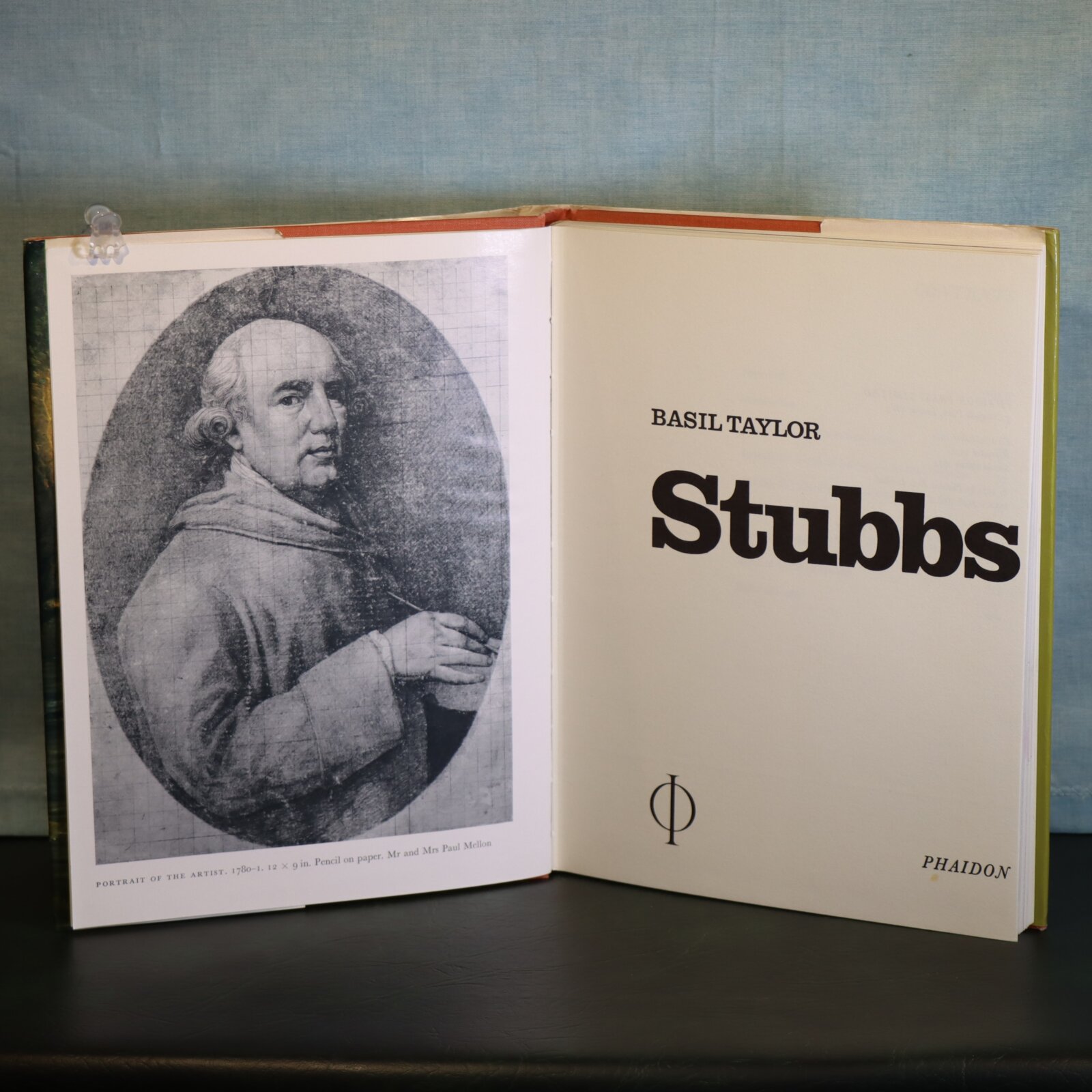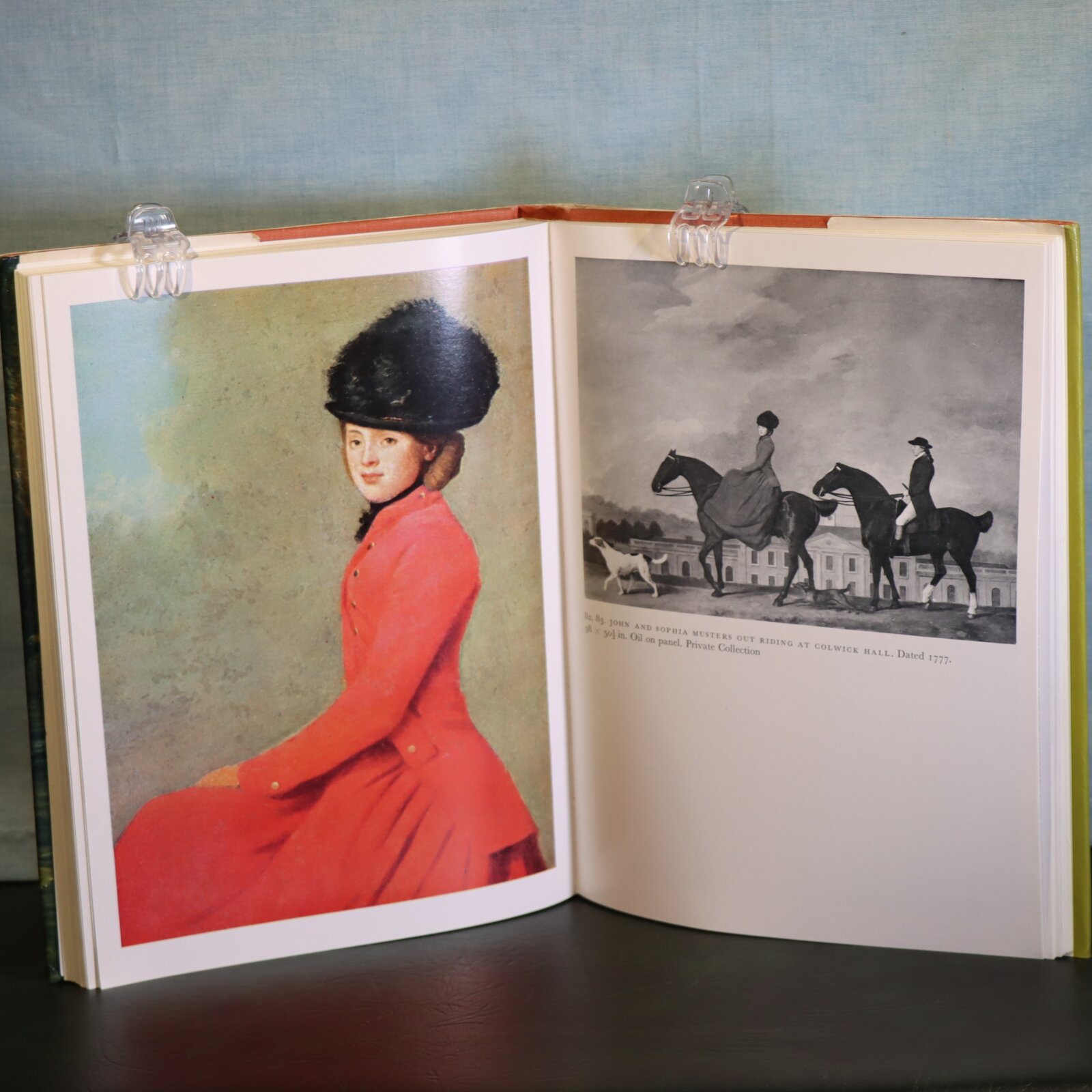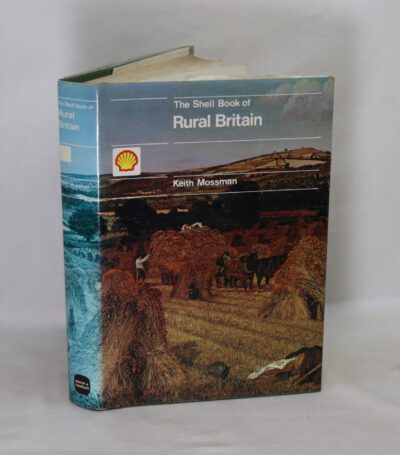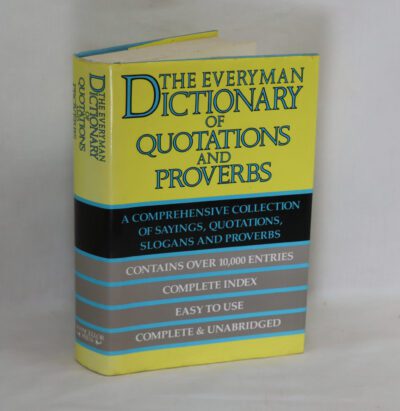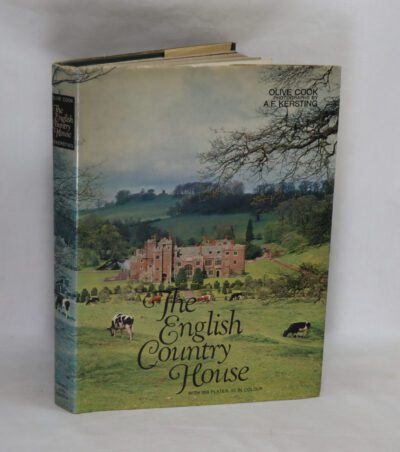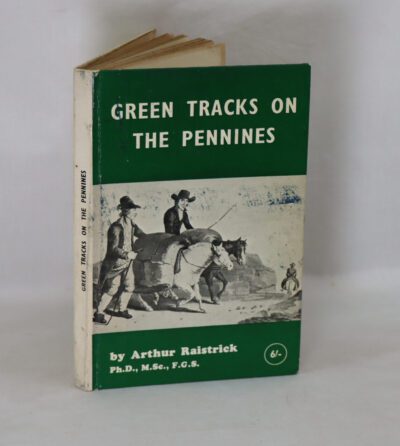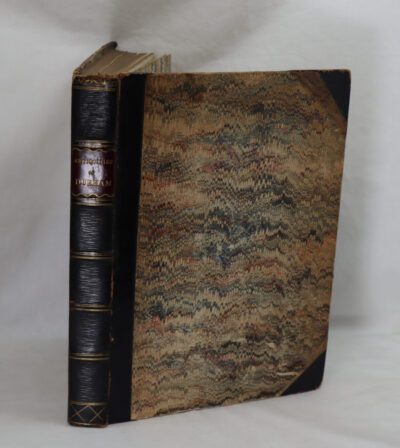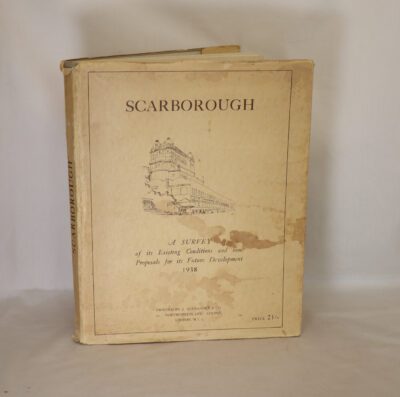Stubbs. Basil Taylor.
By Basil Taylor
ISBN: 9780714816654
Printed: 1975
Publisher: Phaidon Press. London
Edition: Second edition
| Dimensions | 22 × 28 × 2.5 cm |
|---|---|
| Language |
Language: English
Size (cminches): 22 x 28 x 2.5
Condition: Fine (See explanation of ratings)
Your items
Item information
Description
In Original dust sheet. Orange cloth with gilt title on the spine.
It is the intent of F.B.A. to provide an in-depth photographic presentation of this book offered so to almost stimulate your feel and touch on the book. If requested, more traditional book descriptions are immediately available.
George Stubbs ARA (25 August 1724 – 10 July 1806) was an English painter, best known for his paintings of horses. Self-trained, Stubbs learnt his skills independently from other great artists of the eighteenth century such as Reynolds or Gainsborough. Stubbs’ output includes history paintings, but his greatest skill was in painting animals, perhaps influenced by his love and study of anatomy. His series of paintings on the theme of a lion attacking a horse are early and significant examples of the Romantic movement that emerged in the late 18th century. His painting, Whistlejacket, hangs in the National Gallery, London.
Stubbs remained a secondary figure in British art until the mid-twentieth century. The art historian Basil Taylor and art collector Paul Mellon both championed Stubbs’s work. Stubbs’s Pumpkin with a Stable-lad was the first painting that Mellon bought in 1936. Basil Taylor was commissioned in 1955 by Pelican Press to write the book Animal Painting in England – From Barlow to Landseer, which included a large segment on Stubbs. In 1959 Mellon and Taylor first met and bonded over their appreciation of Stubbs. This led Mellon to create the Paul Mellon Foundation for British Art (The predecessor of the Paul Mellon Centre for Studies in British Art) with Taylor as the director. Mellon eventually amassed the largest collection of Stubbs paintings in the world which would become a part of his larger collection of British art that would become the Yale Center for British Art. In 1971, Taylor published the seminal catalogue, Stubbs.
The record price for a Stubbs painting was set by the sale at auction of Gimcrack on Newmarket Heath, with a Trainer, a Stable-Lad, and a Jockey (1765) at Christie’s in London in July 2011 for £22.4 million. It was sold by the British Woolavington Collection of sporting art; the buyer was unidentified.
The British Royal Collection holds 16 paintings by Stubbs.
Two paintings by Stubbs were bought by the National Maritime Museum in Greenwich, London after a public appeal to raise the £1.5 million required. The two paintings, The Kongouro from New Holland and Portrait of a Large Dog were both painted in 1772. Depicting a kangaroo and a dingo respectively, they are the first depictions of Australian animals in Western art.
His work was shown in a retrospective exhibition at the Whitechapel Gallery in London, 27 February – 7 April 1957. The Tate Britain, in conjunction with the Yale Center for British Art, organized the largest exhibition ever devoted to Stubbs (up to that time) in 1984, which travelled to New Haven in 1985.
Basil Taylor, the art historian who befriended Paul Mellon and both encouraged him to take an interest in British art and, I think, acted as a go-between with the London dealers.
From what little one knows, now supplemented by information supplied by Charles Matthews, he was educated at Tonbridge and Wadham, studied at the Slade after the war, then produced arts programmes on the Third Programme. In 1953, he was appointed librarian at the Royal College of Art and, in 1958, Reader in General Studies, which, at the time, included George Steiner and Iris Murdoch on the faculty. He developed an interest in George Stubbs, on whom he became the greatest expert, but never published the monograph he planned, only a shorter book published by Phaidon Press in 1971. He met Paul Mellon in Virginia in 1959, and encouraged him – very successfully – to take an interest in, and support research on, British art. He became the first and only Director of the Paul Mellon Foundation for British Art, which was dissolved in 1968 because of his over-lavish expenditure. His widow, Kay, supported a student every year on the V&A/RCA MA Course in the History of Design and one remains eternally grateful to her.
Please see F.B.A. s range of prints and pictures to be found in F.B.A.’s picture section located in Artifacts
Want to know more about this item?
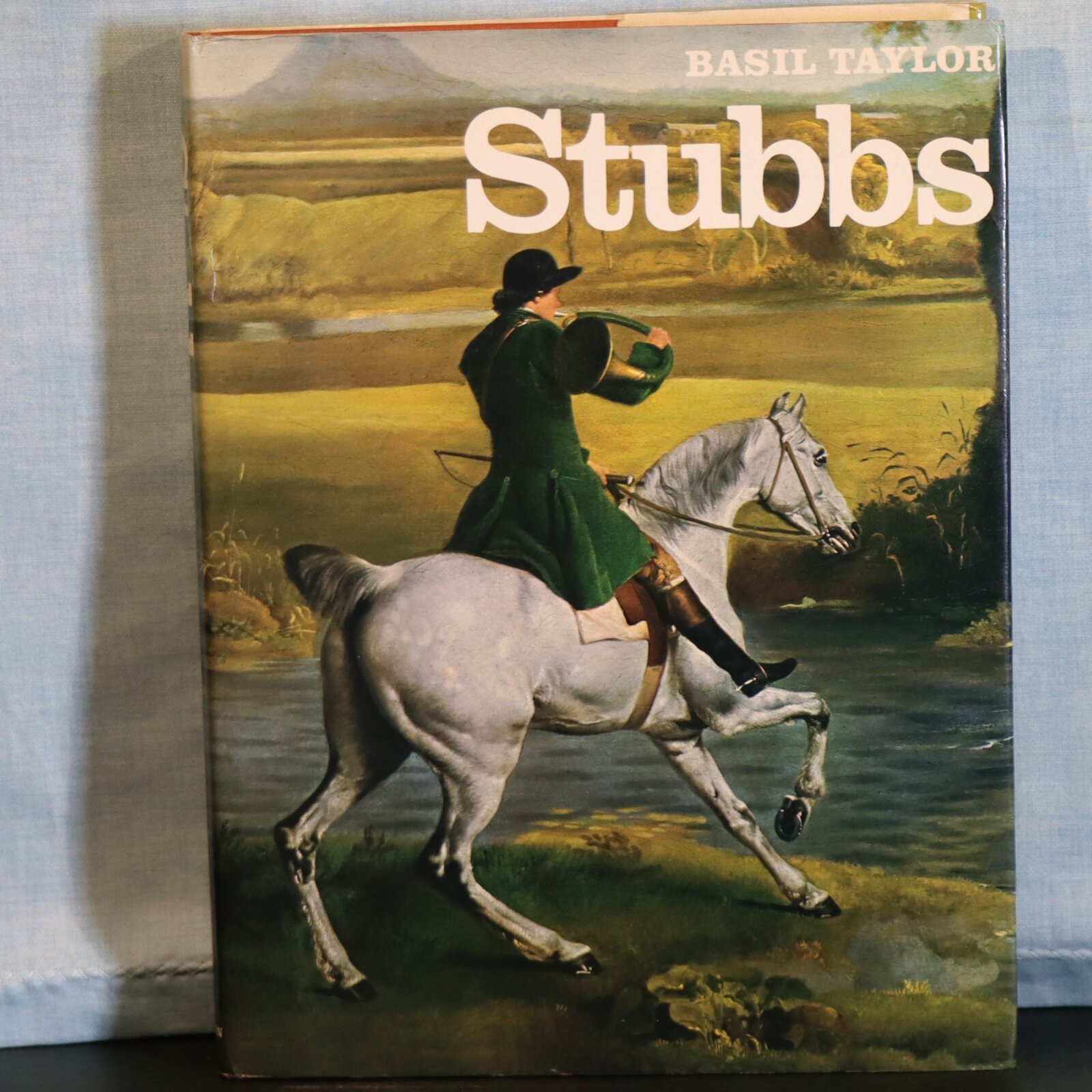
Share this Page with a friend

